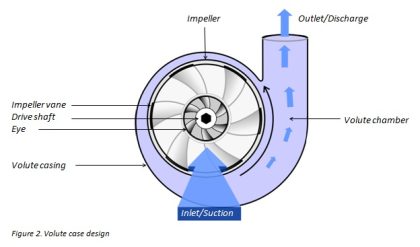- A dimension is a measure of a physical variable.
- In fluid mechanics, there are four primary dimensions: mass, length, time, and temperature. Primary dimensions are defined as independent dimensions, from which all other dimensions can be obtained. They are listed below, along with their symbols.
- All other dimensions in fluid mechanics (called secondary dimensions) can be constructed from combinations of these four primary dimensions.
- It is customary to use brackets around a variable to indicate its dimensions. For example “{Power}” means “the dimensions of power.”
- Example – Dimensions of Force – Force is not a primary dimension in fluid mechanics. Yet, force (and any other secondary dimension used in fluid mechanics) can be written as a combination of the four primary dimensions, i.e. in terms of mass, length, time, and temperature.

- Example – Dimensions of Power – Power is not a primary dimension in fluid mechanics. Yet, power (and any other dimension used in fluid mechanics) can be written as a combination of the four primary dimensions, i.e. in terms of mass, length, time, and temperature.

- Dimensions have no numbers associated with them.
A unit is a way to assign a number or measurement to a dimension.
- There are three primary unit systems in use:
- the International System of Units (SI units – kg, N, m, s, K)
- the English Engineering System of Units (commonly called English units – lbm, lbf, ft, s, R)
- the British Gravitational System of Units (BG – slug, lbf, ft, s, oR)
- Units must always have numbers associated with them.
- For example, length is a dimension, but it is measured in units of feet (ft) or meters (m).


